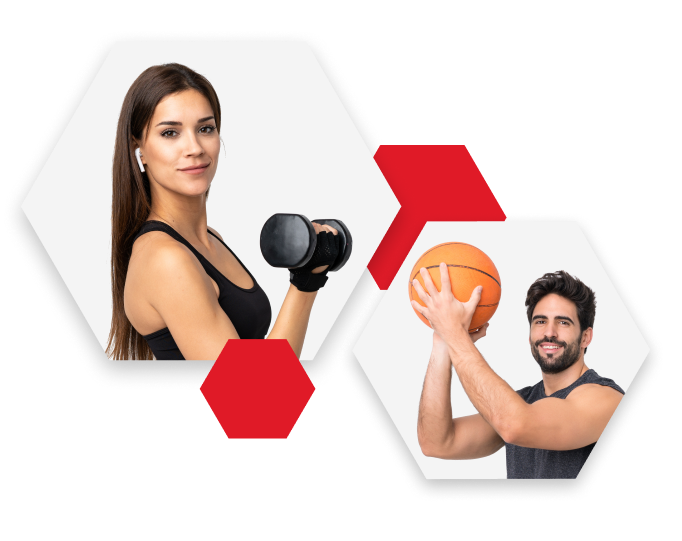The key to maintain a proper iron level is that you get the right amount of it from a well-balanced diet daily, and if necessary, from rational supplementation, because our body is not able to produce it on its own. However, this valuable microelement can be stored in the hepatocytes (liver cells), muscles and bone marrow.1,2
Iron is a micronutrient of a very low absorption (average iron absorption is approx. 10% of the amount provided with diet). There are two types of iron supplied with food:
- heme iron вҖ“ that of animal origin, mainly contained in eggs, meat (beef, veal) and fish,
- non-heme iron вҖ“ that of vegetable origin, contained i.a. in seeds of legumes and leafy vegetables. 1, 2
Heme iron is easier to absorb than the non-heme iron. A well balanced diet should provide human with 10-15 mg of both heme and non-heme iron, out of which approximately 10% is absorbed into the blood. The absorption rate of heme iron reach almost 22%, while that of the non-heme only 2вҖ“5%.1, 2
1. Artym J. вҖһ UdziaЕӮ laktoferryny w gospodarce Ејelazem w organizmie. CzeЕӣДҮ I. WpЕӮyw laktoferryny na wchЕӮanianie, transport i magazynowanie Ејelaza.вҖқ (The participation of lactoferrin in iron metabolism in the body. Part I. Effect of lactoferrin on the absorption, transport and storage of iron.) PostДҷpy Hig Med DoЕӣw. (online), 2008; 62: 599-611.
2. Lieu P.T. et al. вҖңThe roles of iron in health and disease.вҖқ Mol Aspects Med. 2001 Feb-Apr, 22(1вҖ“2):1вҖ“87.






